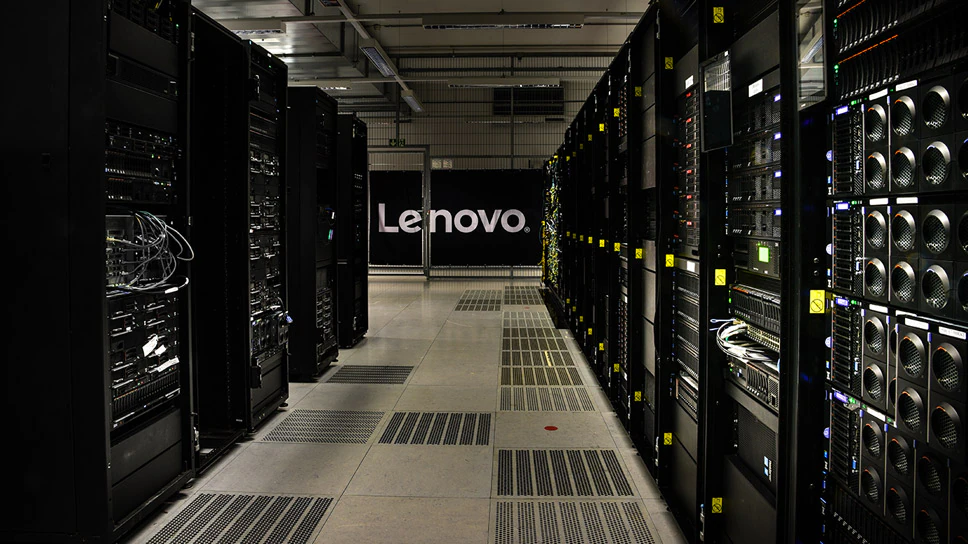Suppose you’re a business owner, IT professional, or even just someone curious about how all this tech stuff works; you’ll likely come across two main types of servers: physical and virtual. At first glance, they might seem interchangeable.
After all, they both do the same job, right?
Well… yes and no.
Physical servers are like the traditional, heavy-duty machines humming away in a data center. Virtual servers are a bit more modern and magical.
Many people start to wonder which one to use. What is the difference between the two, and why does it matter? So, let’s compare seven key differences between virtual and physical servers.
Let’s get into it.
1. The Basic Concept: What Are They?
Before diving into the differences, it helps to understand each type of server.
A physical server is a tangible machine, like a computer, that you can touch. It has hardware components such as a processor, memory, storage drives, and a power supply. It is dedicated to performing specific tasks and usually lives in a data center or server room.
A virtual server, on the other hand, is more of a software-based version. It runs on a physical server, but it is created using virtualization. This means one physical machine can host many virtual servers, each behaving like an independent machine.
Through various technologies, a single server can often handle multiple functions or simulate the presence of several independent systems.
2. Hardware Dependence
Here is where we start seeing apparent differences:
Physical servers are tied to their hardware. If a component fails, it can cause serious downtime. Virtual servers are not tied to specific hardware. They can move from one physical machine to another with minimal disruption.
- Upgrading hardware is easier with virtual servers because you tweak software settings or migrate to a better host.
- Physical servers require manual upgrades. Someone must physically install it if you need more memory or faster storage.
So, while physical servers are a solid choice for tasks requiring high, consistent performance, virtual servers offer more flexibility.
3. Cost Differences
The next huge consideration is cost.
Physical servers are costly because of the maintenance procedures, electricity fittings, cooling equipment, and rooms needed to accommodate them. If your requirements increase, you may even need to purchase another server.
Generally, virtual servers are cheaper. The physical machine does not have to be purchased; you only pay based on the portion utilized. This is particularly helpful to startups and small companies that have to plan their budgets properly.
When your company becomes quite big, it may be possible that running several virtual servers will be almost as expensive as running some physical servers.
4. Scalability and Flexibility
Now, let us talk about growth and adaptability:
- Virtual servers scale up or down quickly. You can increase CPU power, RAM, or storage within minutes, often with just a few clicks.
- Physical servers take time to scale. You may have to order new parts or a new server if you need more power. They are less agile in this area. Setting up a new physical server for every new test is not always practical.
Many businesses realized they needed to pivot quickly, and virtual infrastructure supported this better than physical infrastructure.
5. Performance and Reliability
This is where opinions can vary.
Physical servers offer dedicated resources. That means all the processing power and memory are yours alone. This can improve performance, especially for demanding applications like video editing or big databases.
Virtual servers share resources. If one virtual machine hogs too much processing power, others on the same physical host might slow down. However, modern technology has made these issues far less common.
Physical servers can fail due to hardware problems, which can affect reliability. Virtual servers, on the other hand, can often be moved to another physical machine automatically if something goes wrong.
6. Maintenance and Downtime
Maintenance is a big part of managing servers:
Physical servers require hands-on maintenance. If a part fails, someone has to go to the location and fix it. Virtual servers can often be repaired or rebooted remotely.
- Updates are easier on virtual machines. You can even clone a server before updating it in case something goes wrong.
- Physical servers usually need scheduled downtime for updates.
- Virtual servers often allow live migration. You can move them to a different machine without taking them offline.
This matters greatly in environments where uptime is crucial, like e-commerce or banking systems. No one wants a website to crash during a sale or transaction!
7. Security and Isolation
Security is a big deal no matter what server you use.
Physical servers are naturally isolated since there’s no risk of another virtual machine on the same hardware being compromised and affecting your system.
Virtual servers are more exposed, especially if multiple users share the same physical hardware. However, most providers use strong security protocols, so breaches are rare.
Interestingly, physical servers are sometimes preferred in highly regulated industries where data must be tightly controlled. However, virtual servers with strong security measures are usually more than adequate for everyday business needs.
Wrapping It Up: Which One Should You Choose?
Deciding between a virtual and a physical server is not always simple. Your needs, budget, and technical comfort will determine your use.
A virtual server is the right option, especially when starting. It is also cheaper to maintain and manage, and is extendable. However, a physical server may be more lucrative when you require optimum performance and complete control that cannot be shared.
So, as long as your server resides inside a glittering metal box or in the form of lines of code on a cloud dashboard, the most critical thing is the extent to which it serves your objectives.


